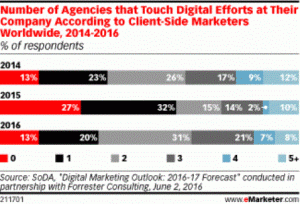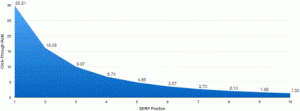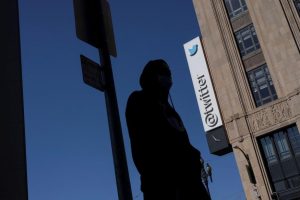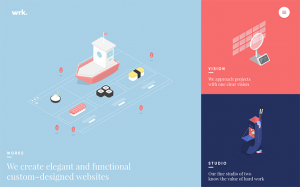
If you have a steady flow of traffic to your website but are failing to see visitors convert into actual customers, it’s time to get working on conversation rate optimisation. What essentially is a fancy term for getting your visitors to take the action you want them to take, conversation rate optimisation can be used for a whole range of things including to increase sign-ups to your email newsletter, drive downloads of an e-book, generate a higher rate of enquiries, or sell more of your products or services.
On a more technical level, if done properly, conversion rate optimisation is be a sustainable method of improving the structure, system, and overall performance of your website for years to come. That means instead of jumping straight into using A/B testing, take the time to go through the necessary stages of planning—which we outline in this article—and you will not only save time and money, but be a lot sooner on track to meet your business objectives.
Before we get stuck in, here are a few key terms along with their definitions that you need to know:
A/B or Split Testing
A/B or split testing is the method of creating two versions of the same thing, then changing one variable, and analysing the results.
Multivariate Testing (MVT)
Similarly to A/B testing, multivariate testing is a method of creating two versions of the same thing, but this time changing multiple variables to determine the highest performing combinations of elements.
Conversion Funnel
A conversion funnel is the journey of a visitor from their first action to completion of a conversion. An example of a common conversion tunnel for an e-commerce store is: Home Page > Search Results Page > Product Page > Checkout.
Call to Action (CTA)
A call to action is the main button, link, or other element that directly asks a user to take an action—leading to, or towards, a conversion.

CC by ITU Pictures
Step 1: Define Your Goals
Using data and insights to clearly define your objectives is the key to successful conversation rate opimisation—consider your goals by asking yourself the following questions:
- What is the main problem I am trying to solve?
- What does my ideal outcome look like?
- What are your key goals and how am I going to measure them?

CC by evoo73
Step 2: Analyse Your Conversion Funnel
A common mistake of conversion rate analysis comes from focusing on only one area of your website before completing a full analysis of your conversion funnel. In order to make sure you cover the whole user journey, ask yourself the following:
- What are the main stages of my conversion funnel?
- Which pages of my website receive the highest amount of traffic?
- Which of my web pages have the highest bounce rates?
- At which stage of your conversion funnel do I loose most visitors?

CC by snre
Step 3: Create and Test Hypothesises
A hypothesis is simply an assumption about a variable you are going to test, for example: ‘Changing the buy now button from yellow to blue will increase click through rates’. Decide which variables you are going to test, and then create hypothesises to prove or disprove your proposed outcomes.
To create a constant baseline to measure your improvements on, you need to first run an A/A test. To do this, publish two identical versions of the same page and compare the conversion results. If the results are more or less the same, you are now ready to move on to testing your hypothesises with A/B or multivariate testing—there are many tools out there to help you with this including Visual Website Optimizer and Google Content Experiments.
Ensure the experiments run for enough time to acquire significant data, and then once you have the results, look back to your hypothesises and see what has been discovered. The thing about conversion rate optimisation—much like experiments in a lab—is that it’s all about trial and error, and it may take several hypothesises to find significant results. But when you do, it can be business changing.
Image header credit:
CC by gunman47
Digital & Social Articles on Business 2 Community(136)







